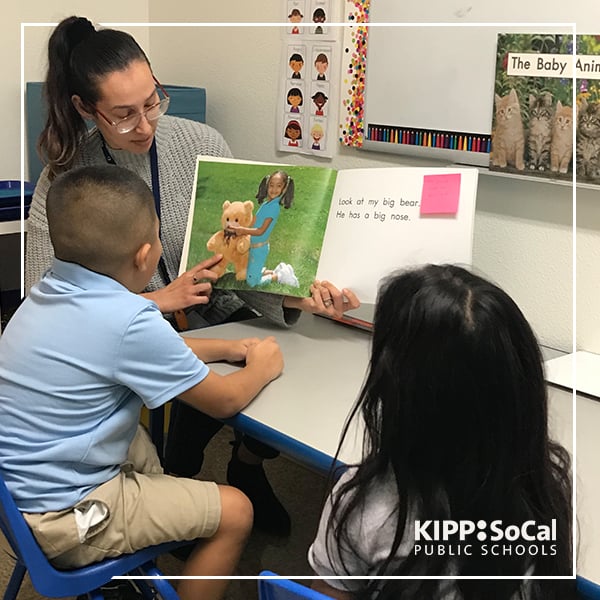
When working with students with disabilities, it is important to understand every aspect of the student, not only their disability. Doing so, increases our chances of building rapport and having a successful journey with them.
Below you will find 5 important pieces of information about autism. Multiple students on the autism spectrum exhibit the behaviors listed below. However, knowing your student first, will help you understand the “why” behind each one of the items below. The main takeaway is, don’t assume the “why”, explore it!
Five important things to know about Autism:
- Get used to the rocking, pacing, and flapping.
- Students on the autism spectrum frequently display behaviors known as stimming. These behaviors might include flapping their hands, rocking back and forth, spinning, or pacing. While such stimming behaviors can be distracting to both the teacher and other students, teachers would do well to realize that this type of behavior is not meant to be a distraction. Rather, it’s a repetitive pattern that the student finds comforting.
- Provide instructions in as few words as possible.
- Students on the autism spectrum usually have trouble understanding verbal instructions. When giving directions, use as few words as possible so your student has less to process. Always provide the directions again after giving them whole group.
- Students on the autism spectrum often experience difficulties with motor skills.
- It is not uncommon for students with autism to have difficulties with motor skills. So it may be beneficial for teachers to consider alternatives to writing by hand, such as an iPad or laptop, for those students in the classroom with autism. You can also use screens or dot paper to provide your student with sensory feedback.
- Understand that Students with autism need extra time to process language.
- Perhaps one of the most important things all teachers need to know about autism in the classroom is that students on the autism spectrum need more time to process language. If you receive a blank stare after giving verbal directions, understand that the student is likely still processing. Help him/her out by repeating the directions with the same words. Changing up the words will only require him/her to begin his process over again.
- A student with autism has plenty of ideas and opinions, even if s/he can’t verbalize them.
- If your student is non-verbal, that doesn’t mean they have nothing to say. Expect your student to have just as many ideas and opinions as any other student, though you may have to encourage the sharing of those ideas a different way. Using picture icons can be very helpful!
Susana Alvarado-Lazcano is the Founding Lead Education Specialist at KIPP Pueblo Unido. Watching students with behavioral and academic needs integrate and blossom in the classroom alongside their peers is her 'reason why.'
%20copy.png?width=572&height=226&name=KIPPSoCal_logo_white.lightblue%20(1)%20copy.png)
